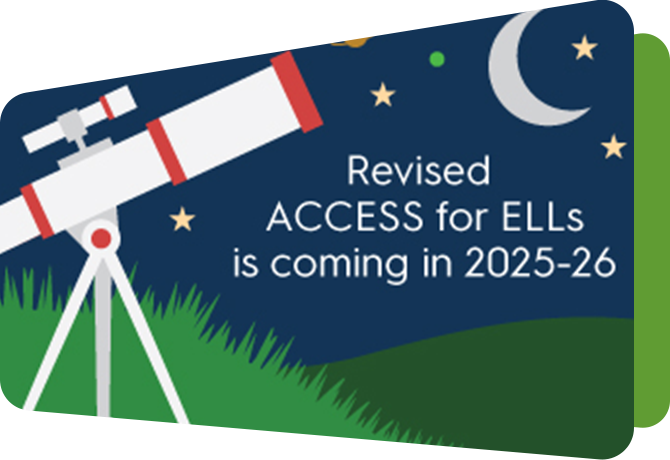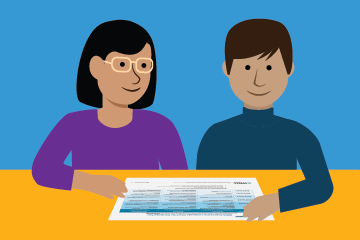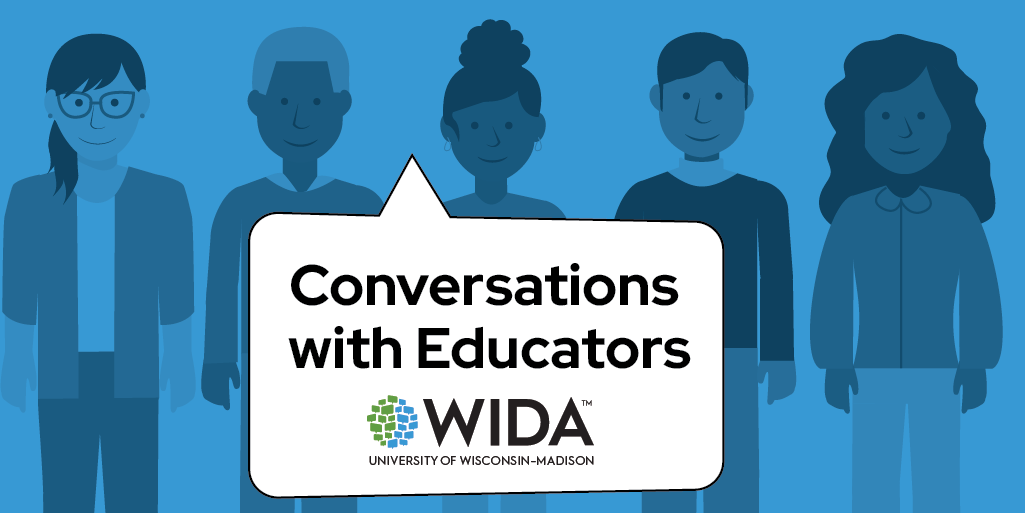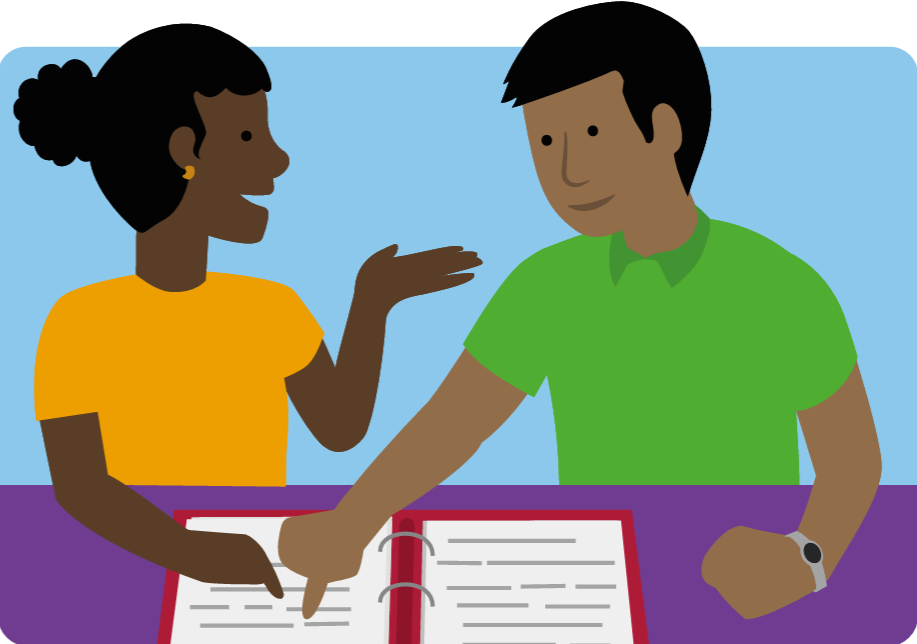This WIDA Snapshot introduces relatar, the first Key Language Use of the Marco de los estándares del desarrollo auténtico del lenguaje español de WIDA (Marco DALE), WIDA’s Spanish language development framework. Relatar helps educators provide a purpose for language use as students develop their ability to describe personal experiences and stories. This is the first in a four-part series of WIDA Snapshots on the Key Language Uses of the Marco DALE: relatar, informar, explicar and argumentar.
The WIDA Key Language Uses exemplify a functional approach for prioritizing student academic language development, emphasizing language use for specific purposes, with particular audiences and in certain contexts.
Key Language Uses act as an organizing principle and basis for Language Expectations. While these key uses share common aspects across all curricular disciplines, each academic area has unique ways of applying them. Similarly, even though they are present at all educational levels, some are more prominent than others in certain grades or subjects.
Los usos clave del lenguaje in the Marco de los estándares del desarrollo auténtico del lenguaje español de WIDA derive from the Key Language Uses (KLUs) in the WIDA English Language Development Standards Framework, 2020 Edition. Although both frameworks establish four Key Language Uses, these should not be considered strict categorical divisions, as they can overlap, combine and complement each other, reflecting a continuous and dynamic relationship in the use of language.
The four key uses — relatar, informar, explicar and argumentar — identified in the Marco DALE provide a functional framework for Spanish language development. The first of these key uses, relatar, stands out as an essential purpose of language use that connects language to convey experiences with curricular content and teaching.
What is relatar?
Relatar refers to the use of language to convey experiences, whether real or imaginary, through stories and narratives. This key use should not be confused with KLU Narrate, as relatar encompasses a broader family of genres adapted to Spanish, allowing students to communicate events, emotions and perspectives for various purposes, such as instructing, entertaining, teaching or even supporting and contextualizing argumentation.
By focusing on relatar, language comes to life to help students share meaningful experiences, while they navigate and build connections with their learning environment.
Examples of how relatar helps students use language to construct and communicate messages that convey emotions, experiences or information include the following: A student may use relatar to describe how they experienced a specific cultural celebration in their community.
- In a science class, students may use relatar to present the events of a scientific experiment to illustrate an observed phenomenon.
- In a history class, students may use relatar to portray the experiences of historical figures from a personal or community perspective.
As illustrated in these examples, in the classroom, relatar not only helps students structure their ideas but also provides a platform for them to express their emotions, explore their cultural identities and actively participate in learning.
How can relatar be integrated into practice?
When students engage with relatar, they learn the skills necessary to organize language coherently to present ideas that integrate their personal or cultural experiences with disciplinary learning. In addition, relatar fosters creativity, personal reflection and the ability to connect with the audience, allowing students to construct narratives that help them share their unique perspectives.
By learning how to structure language coherently, students can achieve effective integration between curricular content and linguistic development. In practice, relatar involves adding details about characters, events, and settings in multimodal stories; structuring messages in various formats (written, oral, visual); using dialogues adapted to context and audience; employing descriptive language to create images and perspectives; and interpreting and constructing experiences that explore real or imaginary emotions and events.
This functional approach to language use enables students to construct rich narratives that can be used in different sociocultural and academic contexts.
How does relatar connect with other Key Language Uses?
Relatar can complement other Key Language Uses, enriching teaching and learning. For example, when combined with explicar (in English, explain), a narrative can illustrate a concept or process, adding contextual details that clarify complex ideas. At the same time, in combination with informar (in English, inform), narratives provide clear and detailed information by describing characters, events or settings, thus facilitating the understanding of specific topics. Similarly, relatar can reinforce argumentar (in English, argue), serving as persuasive evidence that appeals to emotions or shared experiences to validate ideas or influence the audience.
For example, a student may relate a personal experience about how their community has been affected by the effects of climate change, using this story to illustrate the emotional and contextual impact of the problem (relatar). Then, they may inform relevant data, such as rising temperatures and the frequency of extreme weather events, describing the changes clearly and precisely (informar). Next, they may explain the underlying causes of climate change, detailing how greenhouse gas emissions contribute to global warming, affecting ecosystems (explicar). Finally, they may argue that renewable energy policies need to be implemented to mitigate these effects, supporting their stance with personal experience, scientific data and previous explanations (argumentar).
How does relatar connect with Language Expectations?
Language Expectations define specific contexts for language development and provide learning goals for bi/multilingual learners at all levels of language proficiency. Organized according to communication modes — interpretive, interactive and expressive — they add specificity to the Key Language Uses and illustrate how language and content work together at different educational levels. Together with the Language Functions and Language Features, they show some of the ways language works in content learning.
Relatar helps teachers provide a purpose for language use as students develop their ability to convey factual information clearly and with structure.
- Language Expectations (las expectativas del lenguaje) establish goals for learning based on the curricular content. These are built around a set of Language Functions.
- Language Functions (las funciones del lenguaje) are common patterns of language use that showcase particular ways bi/multilingual students might use language to meet the purposes of schooling.
- Language Features (los recursos lingüísticos) are examples of various characteristics of language that language users rely on to carry out particular Language Functions (e.g., types of sentences, clauses, phrases and words).
Key Language Use relatar in Marco DALE gives students a clear purpose for language use and supports their ability to share real or imaginary information in a clear and organized manner. At each performance level, the descriptors guide how students enrich their narratives with more complexity and precision, adapting them to various audiences and contexts.
By integrating Language Expectations, Language Functions and Language Features into teaching the key use of relatar, educators can design activities that help students communicate meaningful experiences and perspectives, connecting their learning with the world around them.





